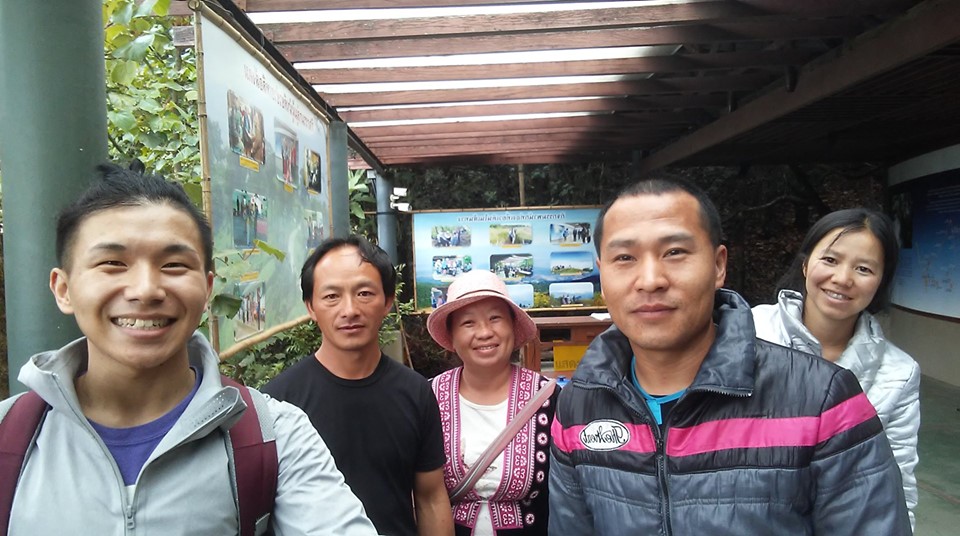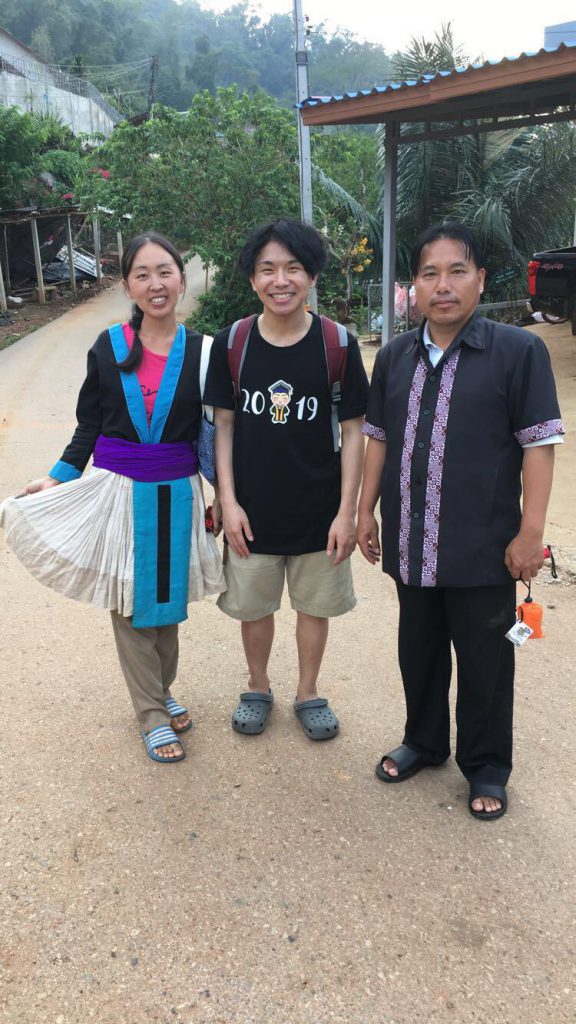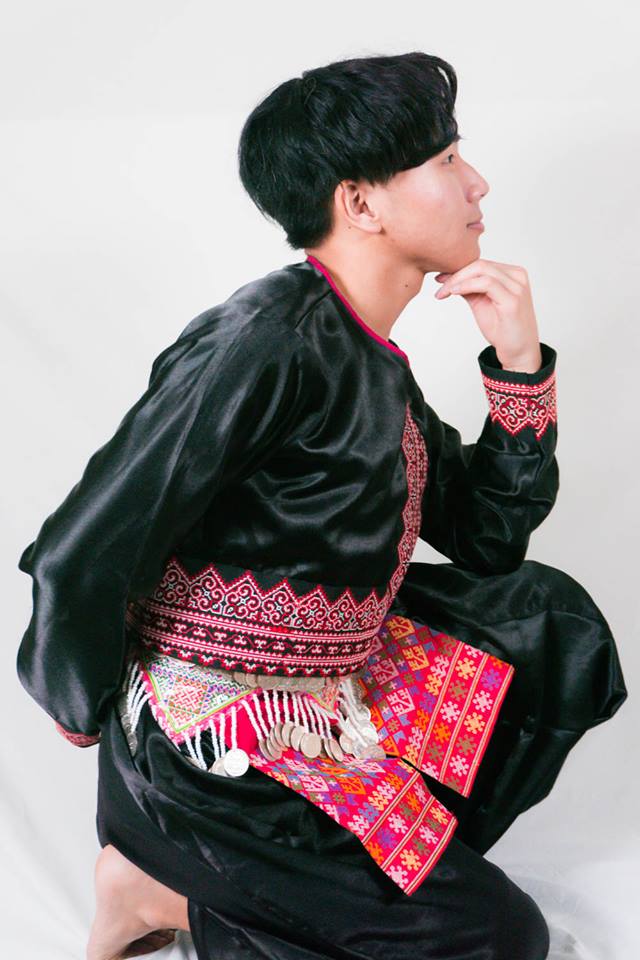Throughout our three weeks in the cities of Chiang Mai, Chiang Rai, and Chiang Khong in Thailand, we have navigated, discovered, learned, and struggled through the different aspects of what this beautiful country has showed us. There were many hot and humid days as we strolled around the night market or hiked up in the highlands. Because every day was a new learning experience, I tried to absorb all the knowledge by reflecting about the things we did each day. It was difficult because I learned so much in this program, but once I began to observe my surroundings and take the situation as it was, then I became aware of how to navigate various experiences. To me, I was always more interested in learning about the ethnic minority groups in Thailand. As an ethnic minority in the US and then coming as another ethnic minority to Thailand, I wanted to learn about how the ethnic groups particularly the Hmong bring diversity and integrate themselves in the Thai mainstream society.

In Chiang Mai, which was the first city we stayed at, if I had to be honest, visiting the Suksasongkroh Chiang Dao Boarding School and Pha Nok Kok Hmong Village was the first day where I became exposed to focusing more on the ethnic groups rather than the Thai community. These experiences were on our first Friday in Thailand and this was the day where I enjoyed the most throughout our first week. When we visited the Chiang Dao Boarding School, it was the time where students were just returning to school. Traditional Thai schools begin their schooling from May to March and have about 200 days of school (Clark 2014). Another interesting point to make about public Thai education is that students are fully funded by the government of 15 years (Thai PBS 2016). This holds true for the students attending the Chiang Dao Boarding School.
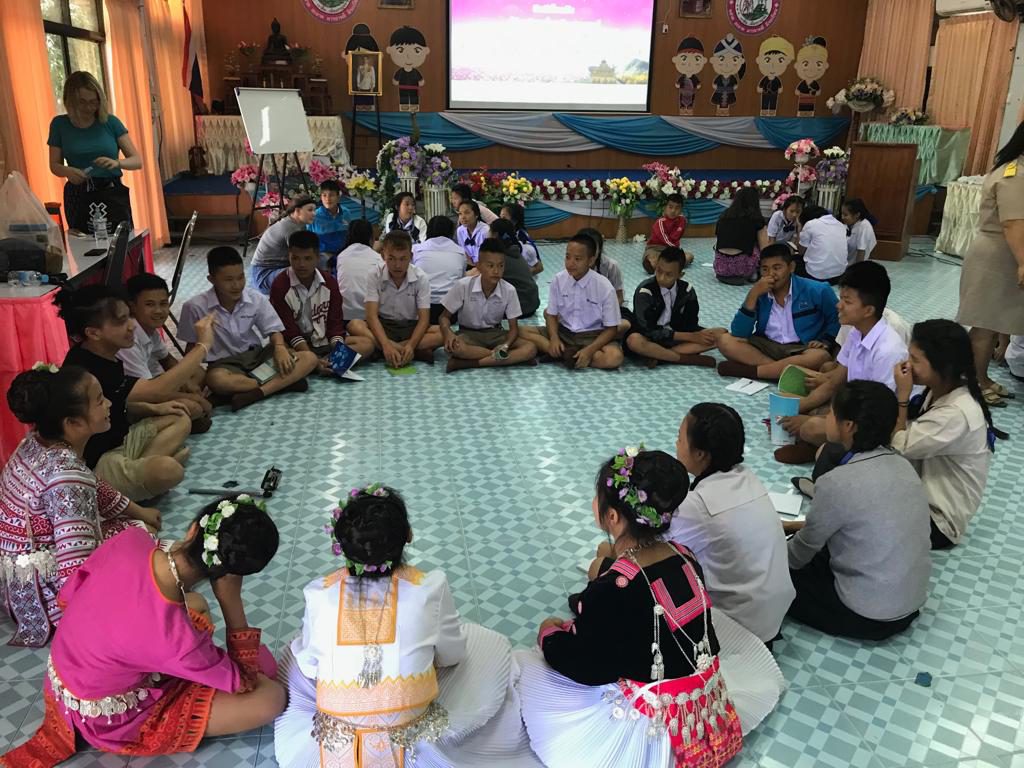
PC: Acharn Cat
What really attracted my attention and amazed me about this school was that it allows the students to wear their cultural clothing each Friday. This school admits and supports children who mainly come from poor families and the majority if not all come from the 10 ethnic groups in Thailand such as the Karen, Lisu, and Hmong. Before I did not really see and understand what Thailand does to acknowledge their ethnic groups. Of course, we watched a cultural performance and saw cultural clothing at the night market, but these things were not really explained to me. In other words, there was not a conversation about it. However, visiting Chiang Dao or Meungkarn and getting the opportunity to talk with the teachers about how they try to preserve the students’ ethnic identity made me begin to change my perspective of how Thailand lacks to recognize multicultural diversity. In addition, while all the students speak Thai as a common language, the majority if not all speak their own ethnic language. It is like multiple immersion schools put into one which I believe it is wonderful.
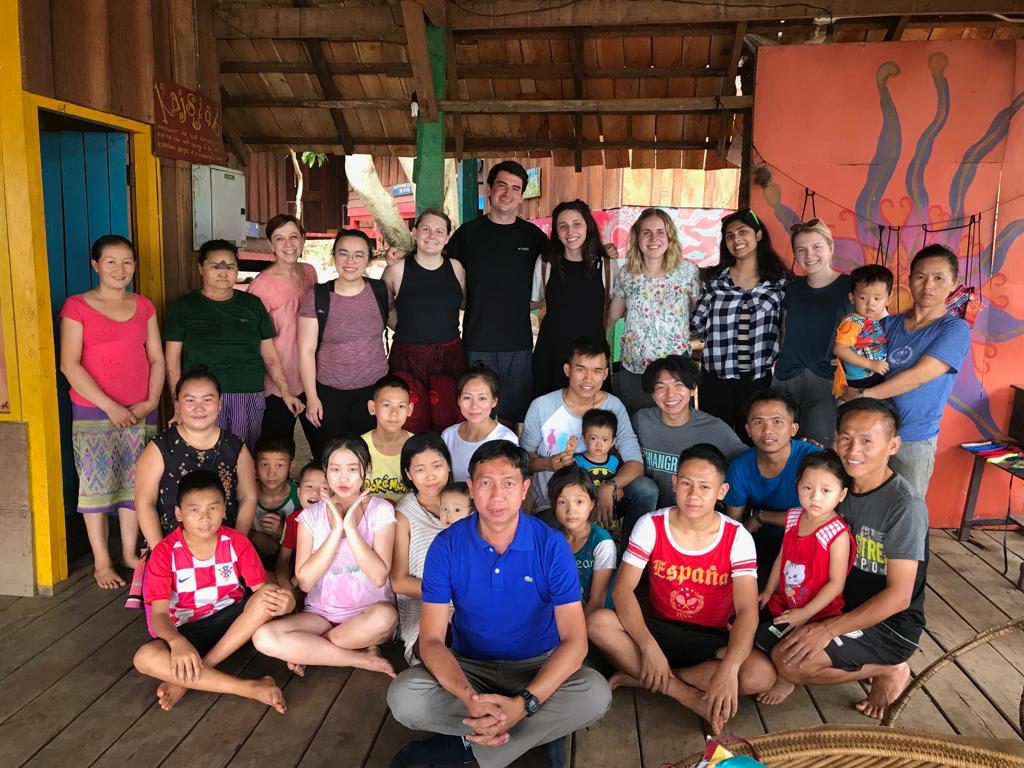
PC: P’ Beer
There were 3 villages we visited – 2 being Hmong villages and 1 being a Karen village. I have only heard village life in the highlands of Thailand or Laos from our Hmong elders, but to be able to stand on the same landscape as like them has made me reminisce about their experiences. In addition, visiting the villages and learning about their ways of life has made reflect about the different things that my parents may have done during their time in Southeast Asia. When we visited the villages, they had roads leading to them and they were closer to the lowland than I expected. I may be oblivious to how high we were going up and what defines the border between city life and village life, but I did not think there was much of a long-distance travel between the city and the village. I remember clearly from the lady who volunteers as a secretary in the Hill Area Development Foundation mentioned, “When the organization was just starting, my mother and her group would walk up the hills to get the villages because there were no roads. But now there are roads which makes it easier for us to get to the villages.” We are seeing a change because as roads are connecting the city and villages, it gives villagers and Thai locals to get ease of access between the two. In addition, villagers especially children are coming to the village for education, yet they can return to their village in the evening. According to the village leader of the Pha Nok Kok Hmong Village, “If children want to go up higher in their education, then they would have to go to the city.” Most villages would only offer elementary school like the first Hmong village we visited. However, if the village is poor or if children want to attend higher in their education, then they have to go to school in the city.

These were my tablemates for the day. Thanks for welcoming me into your club and school. It really felt like home.
The Hmong Student Club at Chiang Rai Rajabhat University (CRRU) provides a great model to show how an ethnic group creates a space to preserve their ethnic identity, while also being immerse in the Thai mainstream society. This has to be one of my most favorite days out of the 3-week program. From what I know, the club members are majoring in different fields such as Language, Logistics, and Finance, yet they all share one aspect in general which is their sense of pride in their Hmong identity. According to Phiaj who is the student club president, “The Hmong CRRU Student Club educates, preserves, and promotes Hmong culture the campus and public community.” From the pictures they have showed us, I believe they are doing amazing work in both communities especially giving back to the Hmong villages where education is lacking. I remember Paaj Nyiag who is one of the MCs that has told us that their student clubs brings general members to a village and they do a few overnights. While at these villages, they would assist the village by doing projects such as building a house or doing a student exchange with the children. I am happy to have met the Hmong college students and I will never forget about their generosity and hospitality.
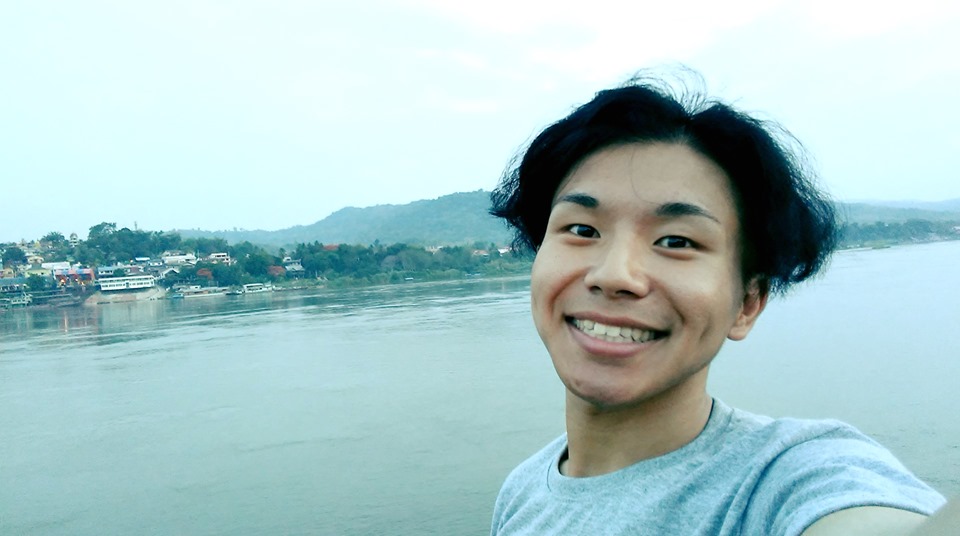
While I think that there could be more progress for the Thai government to appreciate multicultural diversity, they are doing better than before. When my parents and other Hmong families escaped to Thailand as refugees, the Hmong were considered as outsiders, but now the Hmong are being integrated in Thai mainstream society. Although more and more especially the younger generation are moving into the city, they still have a sense of pride in their Hmong identity which is done by wearing their Hmong clothing or speaking in Hmong out in public. My time in Thailand has been nothing but fun and learning, and I am thankful to have been given the various opportunities to meet the Hmong in Southeast Asia. I will definitely miss the friends we have met along our journey, but I know it will not be the last time I will see them. I will be coming back for sure to spend more time with them.

